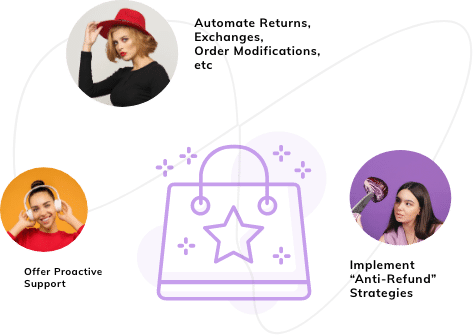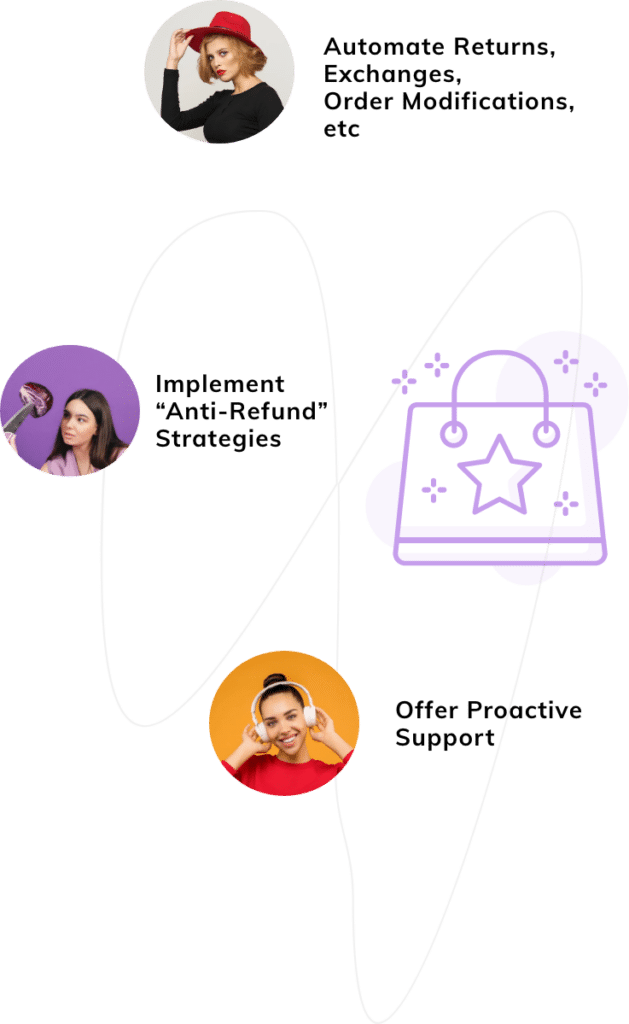Last Updated: April 2024
Do you know that 50% of customers buy from marketing emails monthly? This is why you should have an Automated email marketing strategy.
Automating your emails allows you to attend to every new customer or remind your old customers about your services. If automating your email system is in your pipeline then we have curated 7 email examples that you should follow to provide more personalized service.
Benefits Of Email Marketing
Creating Personalized Content
With email marketing, you can easily send emails to your customers reminding them about their abandoned cart or due appointment booking. This makes them feel that they are valued and can help you increase your revenue.
Effective Campaigns
Sending out emails to your customers whenever there is a new event can increase your site’s traffic. This tactic will advertise your event on a larger scale helping you generate more revenue.
Increases Communication
Rolling out emails at different steps can ensure that you are well-connected with your customers. The steps can be when a new customer sign-in, abandoned cart, thanks for shopping, and many more. This makes your audience feel valued and drives more traffic to your site.
7 Automated Email Examples
Welcome Email
These emails are rolled out as soon as a new customer sign-in into your site. This email aims to make your readers feel welcome and would also direct them to the next steps such as
- An introduction to the company/business
- What can the brand provide to them
- CTAs so that they can start exploring more informative content.
Onboarding Emails
The onboarding email and welcome email could sound similar but the motive that they carry is quite different. The motive of onboarding emails is to generate more sales whereas, welcome emails just attend your new subscribers. An onboarding email usually consists of:
- Steps to complete their application.
- Information about the product/service provided by you.
- CTAs to your most trending service/product.
Transaction Email
Transaction emails are sent to customers when they buy a product or service. It usually consists of an e-bill indicating the charges that have been applied with the name of the product/service. These emails are sent to create a transparent relationship between you and your customers. It includes the following topics:
- An e-bill with the transaction date and time
- A security number if that transaction was not initiated by your customer
- CTAs for products/services that might match the already bought product.
Re-engagement Emails

Re-engagement emails are sent to those customers that have been inactive to your business for a period. These emails are more personalized as they might include the number of days since the customer has bought your product with a tone to get them back to your store. It usually consists of:
- The number of inactive days/time.
- New launches that they might have missed.
- CTAs directing them to purchase those items.
Product Inventory Updates
These emails notify your customers about newly stocked products in your store. Sometimes customers set an alert notification for products that are out of stock which is also taken care of by this email. Some of the topics that it includes are:
- New products were launched highlighting its features.
- Out-of-stock products are stocked back.
- CTAs directing them to purchase those items.
Event Announcement Emails

Event announcement emails are sent whenever there is a new event in your store. It assists you in gaining more attention to the event which results in more traffic to your site. Some of the topics that can be covered under it are:
- Start and end date of the event.
- What does the event hold?
- CTA to help them set an alert of the event.
Feedback/Survey Emails

An excellent way to increase your product reviews is by sending emails to your customers and reminding them to leave their feedback. Though you should be more careful that the emails are not rolled out as soon as a product is purchased. You should give your customers some time to create an impression of the product which can result in a more informative review. Some of the topics included in it are:
- Link to the review site.
- Helpline number, if they faced some inconvenience.
- A note thanking them and requesting them to visit again.
Conclusion
Now, in the end, we hope that this post has helped you gain some new information and you can use it the right way. Following the above examples can help you set the right email templates which can bring more traffic to your site.
However, if you are looking for software that can help you automate your emails then you should try Saufter. It has simple trigger rules which will allow you to automize your emails and Saufter also provides email outsourcing. Other than that it can also help you to build your knowledge base from scratch, hire and train customer support representatives, and many more.









